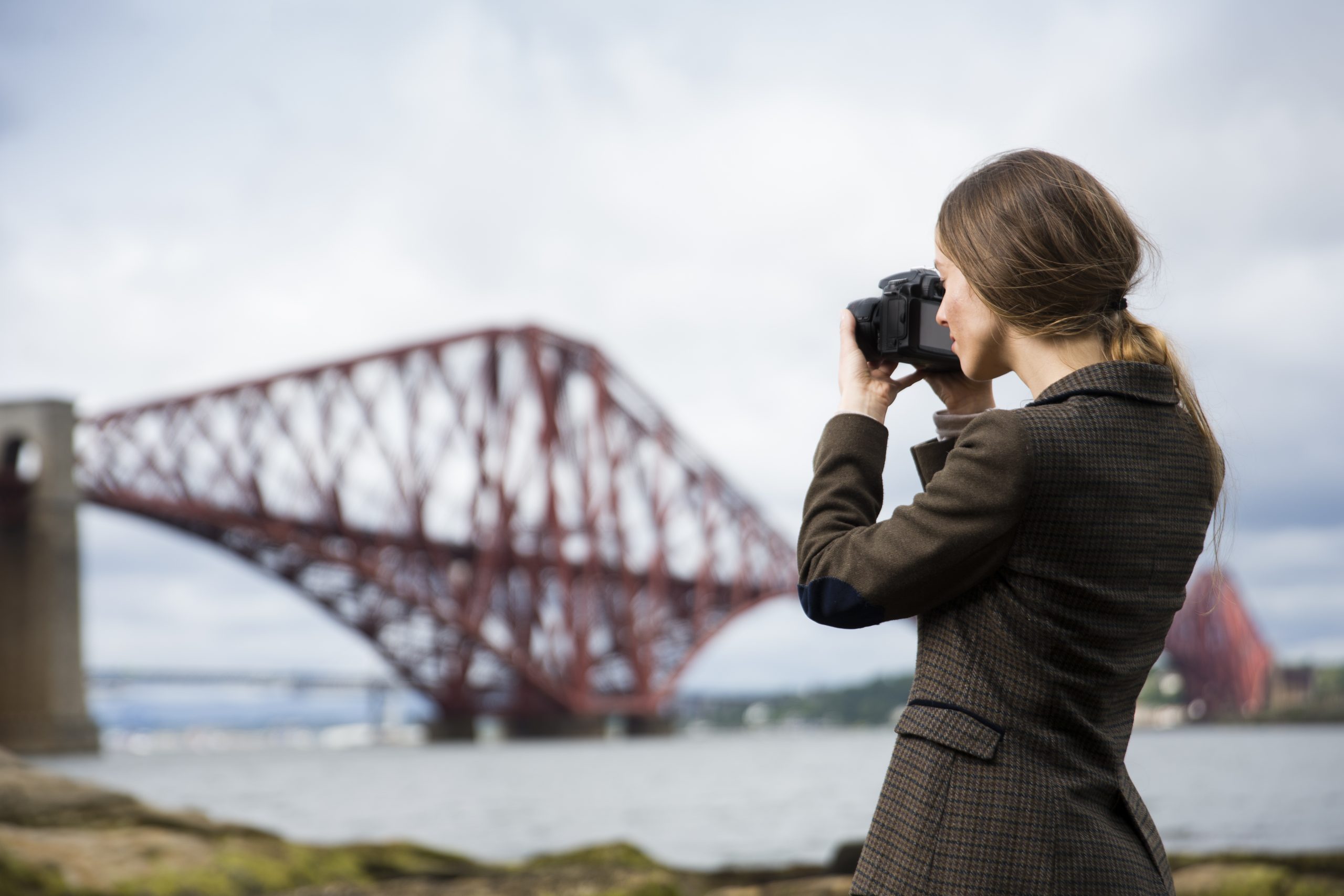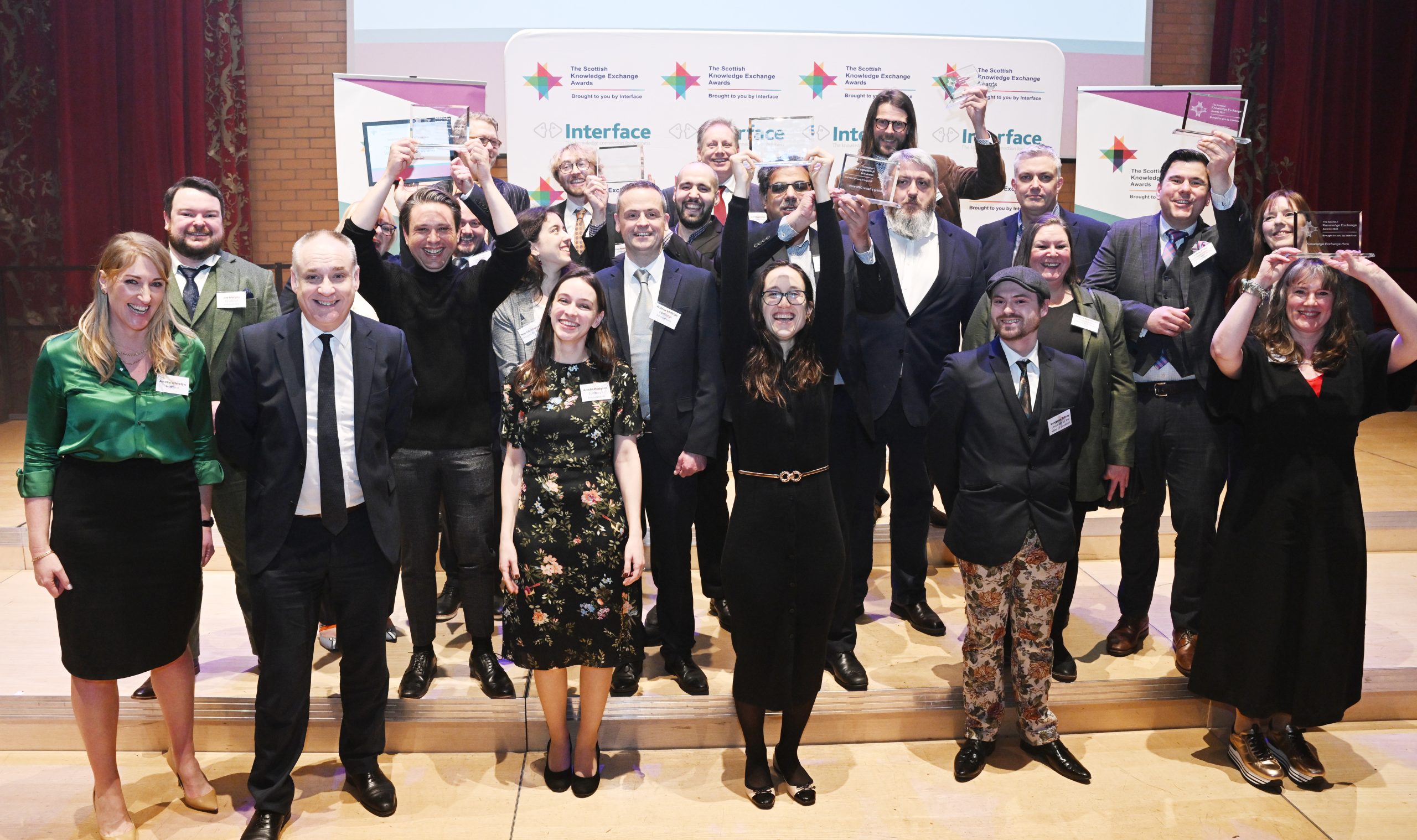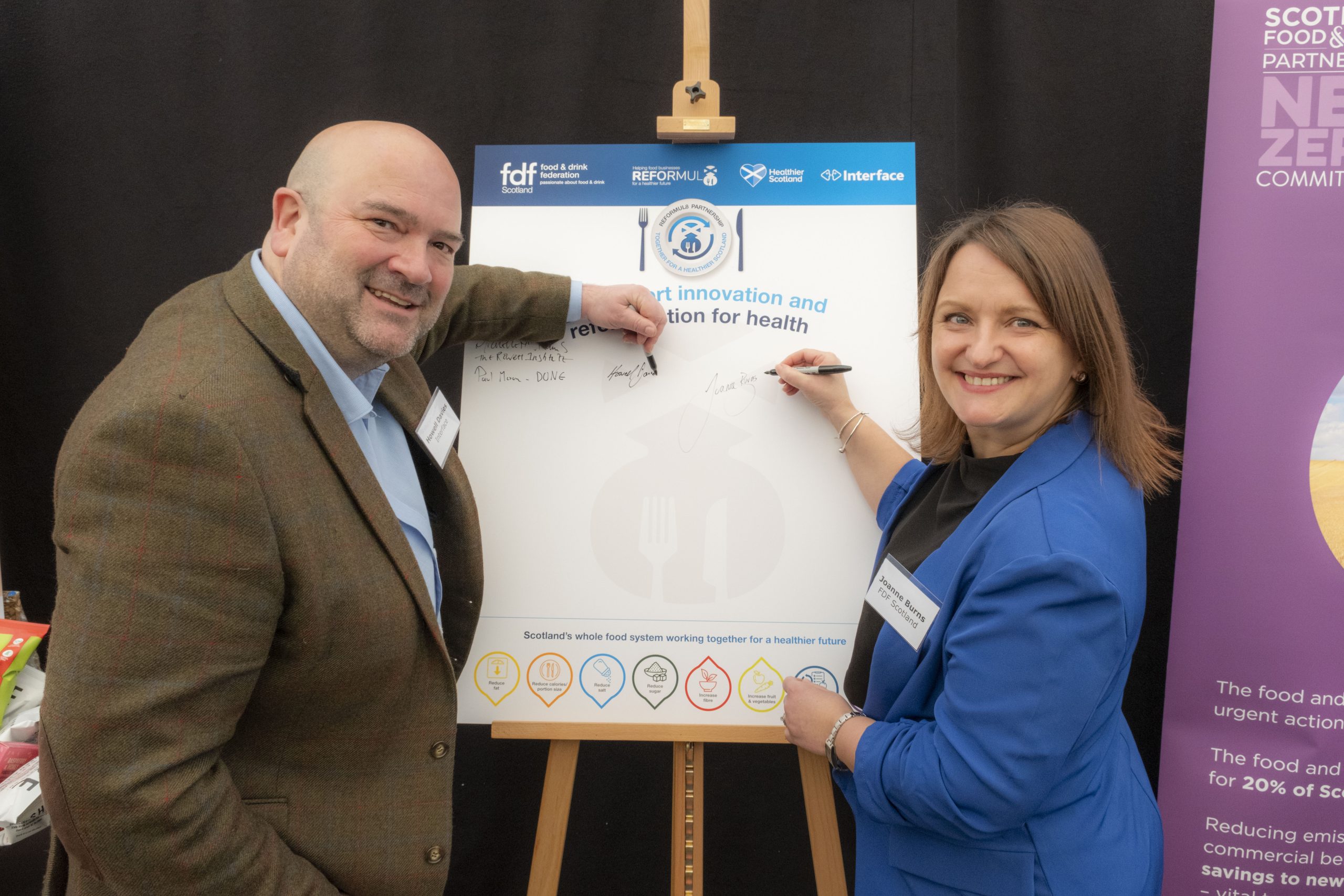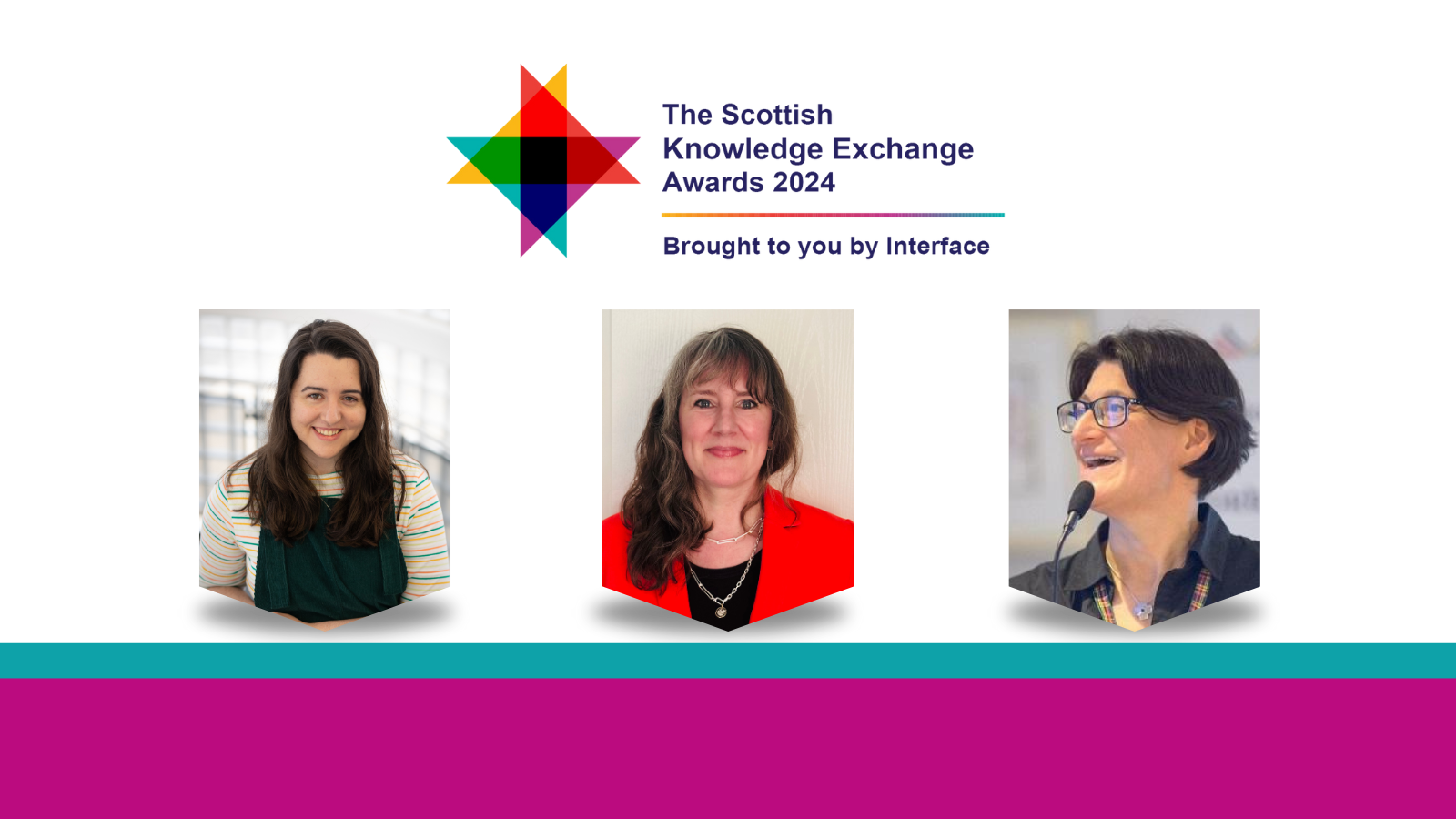Post
Together for Tourism

One dreich day years ago I was confronted by Duane Hanson’s Tourism sculpture in Glasgow’s Gallery of Modern Art. Hanson was interested in the banality of consumer society. He cast models of figures in ordinary mundane situations, in this case a couple with sunglasses and cameras gazing upwards at some unidentified spectacle with glaikit expressions.
On one hand I agree with Hanson’s point. Travel, for business and leisure, is common place in our society. On the other hand, tourism is a totally remarkable phenomenon – bringing people out of their normal routines, in contact with different places, diverse people, and new experiences. This combination of leisure time and consumer choice benefits tourists themselves and supports businesses of all sizes.
Not only is tourism a well-established and exceedingly important part of the Scottish economy, it directly employs about 8% of our workforce. As the Scottish Tourism Alliance say, tourism is everyone’s business, and everyone in Scotland is an ambassador.* There are many cantie people involved in making a stoater of a holiday.
Consider a visitor journey, they are thinking about where to go, they book, they travel, they experience, they blether about what they did and how they felt. As far as the tourist is concerned, the product is a complete package; encompassing everything from the time they leave home to the time they return. And all experiences are unique to an individual, a culmination not only of products and services they purchase, but also their expectations and emotional responses to something intangible.
Tourism can be defined in terms of demand, which is volatile, and subject to long-term social and economic changes like an ageing population, or shorter-term changes with visas being easier to obtain, favourable exchange rates or destinations becoming unappealing after terrorist events or natural disasters.
Tourism displays high interdependency with other sectors of our economy through its intermediaries and supply chains. This means that developments in other overlapping and separate sectors like transport, food and drink, energy and communications, have a knock-on-effect for tourism and its customers. I’ve heard the analogy that tourism is like a sponge, soaking up innovations. I would add that after soaking up these innovations, our tourism sector adds its own bespoke mix of bubble bath, gets the water just the right temperature and immerses you until your toes go crinkly.
Given the complexity, the Scottish Tourism Alliance Big 5 Questions campaign signposts tourism to the tools and resources available to embed innovative activities through public funded initiatives. Interface is uniquely placed to create a sweet spot for the Scottish Tourism Industry to achieve its ambitions for Tourism 2020. First, individual businesses wanting to be ahead of the curve. Second, groups with ambition to develop and deliver ideas for innovative new products and services. Third, gaps in expertise which are best filled by Scottish academic institutions.
Scottish universities think locally, nationally and internationally. They draw inspiration and work with partners from all over the globe. Through Interface’s free service, canny tourism businesses are accessing this braw bounty.
As an impartial broker, Interface works with individual businesses, forms groups with common challenges and ideas, organises events and learning journeys, sources the best knowledge and expertise and advises on funding sources. In discussions with universities, research institutes and colleges, we also invest time in exploring the application of new research and knowledge to enhance the tourism sector’s back and front of house.
For example, Blockchain is subject to much discussion, but pioneering research and development is taking place on our doorstep. Some applications of Blockchain are for payments, cryptocurrencies, digital assets, tax, compliance and record management. The predicted intermediary reduction could be highly disruptive to industries providing services, but could provide those currently relying on them with another option bringing time and cost savings. With help from Interface, it’s over to our best brains in the industry and universities to commercialise new products which place Scottish-based travel technology businesses at the forefront.
The Scottish tourism industry is making great efforts to improve Scotland’s inclusive tourism offer. VisitScotland and destination organisations have promoted access audits, staff training and emphasise not only the social good these initiatives produce, but how consumer appreciation and loyalty bring financial benefits to businesses. To complement this awareness raising and recognition of efforts of the industry, there is still much need for innovation and opportunity for entrepreneurship. Interface is here to harness academic expertise. We have already sourced facilities to adapt and test sports equipment for amputees, engineering students to improve wheelchair accessible vehicles, collaborative research into the needs of individuals with sensory impairments, and effective signage for people with dementia. However, there are many more opportunities to connect universal design, adaptive and assistive technologies and digital technology expertise found within universities and colleges with our tourism sector.
So overall, I’d like to end with a couple of wishes for the tourism industry and the academic sector. Please keep an open mind towards new ideas and new collaborations in true #ScotSpirit. Let’s work together to better understand our growth markets, provide authentic experiences and improve the customer journey. We all have a lot to offer so that Scotland is never mundane in the tourists’ gaze.



